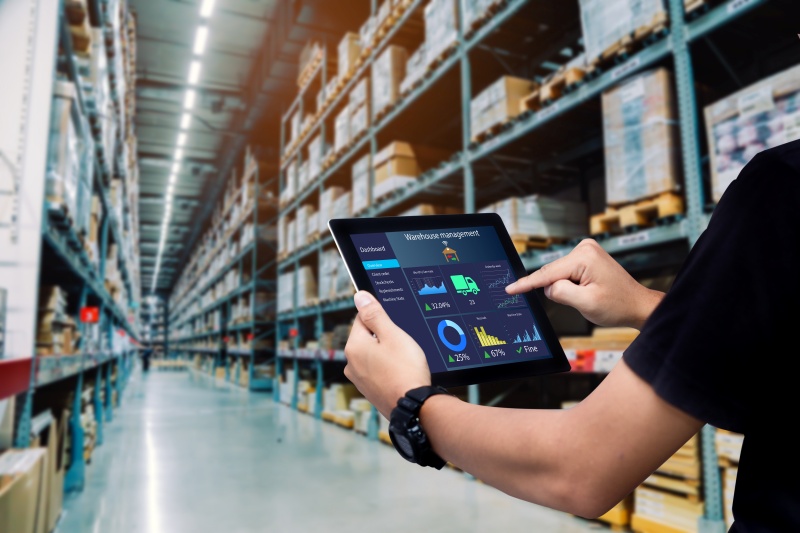Automation is no longer just for massive logistics companies. In 2025, even small and medium-sized enterprises (SMEs) across Singapore and Malaysia are embracing warehouse automation to improve speed, accuracy, and efficiency. As customer expectations rise and margins tighten, automated inventory management has become a key differentiator between businesses that thrive and those that struggle to keep up.
Here are the top automation trends transforming warehouse operations today — and what SMEs should know to stay ahead.

1. Robotics and Automated Material Handling
Robotics is one of the most visible forms of automation. From automated guided vehicles (AGVs) to robotic picking arms, these systems are changing how goods are moved and handled.
AGVs transport pallets or materials safely through the warehouse using sensors and pre-set routes, reducing the need for forklifts or manual labour. Robotic arms can pick and sort items faster and with greater accuracy than humans, especially in high-volume operations.
While these systems were once expensive, costs have dropped significantly. Today, scalable automation packages make robotics accessible to smaller warehouses — even for SMEs handling a few hundred SKUs.
2. AI-Powered Inventory Forecasting
Artificial intelligence (AI) is now playing a huge role in warehouse planning. Instead of relying on gut feeling or static reorder points, AI systems analyze historical data, seasonality, and demand patterns to predict the optimal time to restock each item.
This prevents overordering slow-moving products while ensuring fast-selling items never run out. The result: better cash flow management and fewer emergency shipments. For SMEs with limited storage space, AI forecasting delivers smarter use of inventory and capital.
3. IoT-Enabled Tracking and Real-Time Visibility
The Internet of Things (IoT) continues to evolve as a key automation trend. With sensors, RFID tags, and smart shelves, IoT connects every item in your warehouse to a central management system.
You can monitor stock movement, temperature, and equipment performance in real time — all without manual data entry.
IoT-driven automation enables predictive alerts when issues occur, such as missing stock, delayed shipments, or maintenance needs. This immediate visibility reduces disruptions and enhances customer satisfaction.
4. Automated Reporting and Analytics Dashboards
Another emerging trend is the automation of analytics. Instead of manually generating reports, modern systems automatically compile data into interactive dashboards. These dashboards provide real-time insights into stock turnover, order accuracy, and warehouse productivity.
Managers can make informed decisions on-the-go, tracking KPIs from their phones or tablets. This kind of visibility was once limited to large corporations — but cloud-based systems now make it affordable and easy to access for SMEs.
5. Integration with eCommerce and ERP Platforms
Automation doesn’t stop inside the warehouse. Integrated systems connect warehouse inventory directly with online stores, accounting tools, and ERP software.
When an online order is placed, stock levels update instantly; when goods are received, purchasing and finance records are automatically adjusted. This eliminates manual data entry and keeps all departments aligned in real time.
Conclusion
Warehouse automation is no longer a luxury — it’s an investment in long-term efficiency. From robotics and AI forecasting to IoT connectivity and system integration, these technologies empower SMEs to do more with less effort.
By adopting automation early, businesses can improve accuracy, reduce labour costs, and deliver faster customer service — all while maintaining full control of their inventory.

